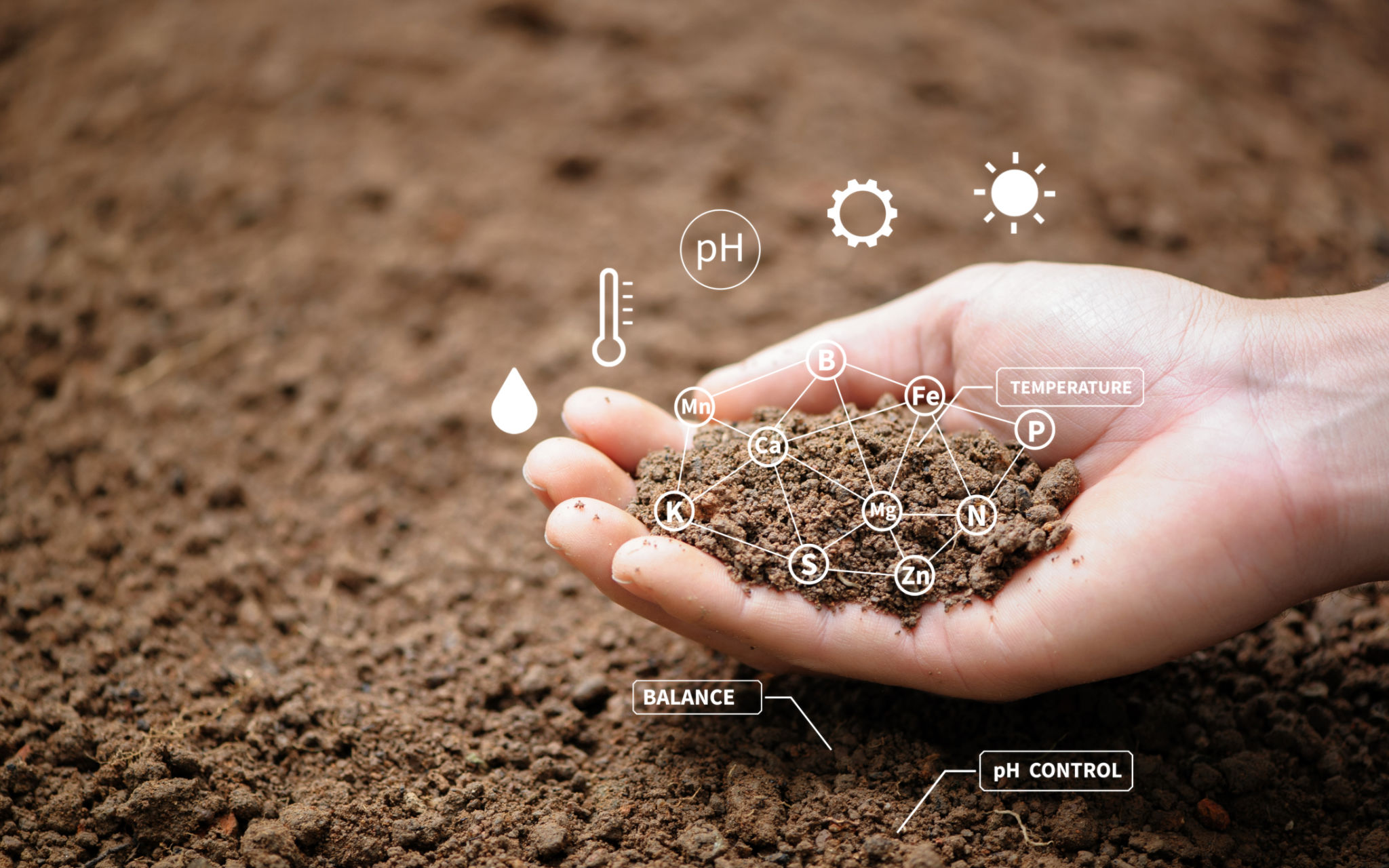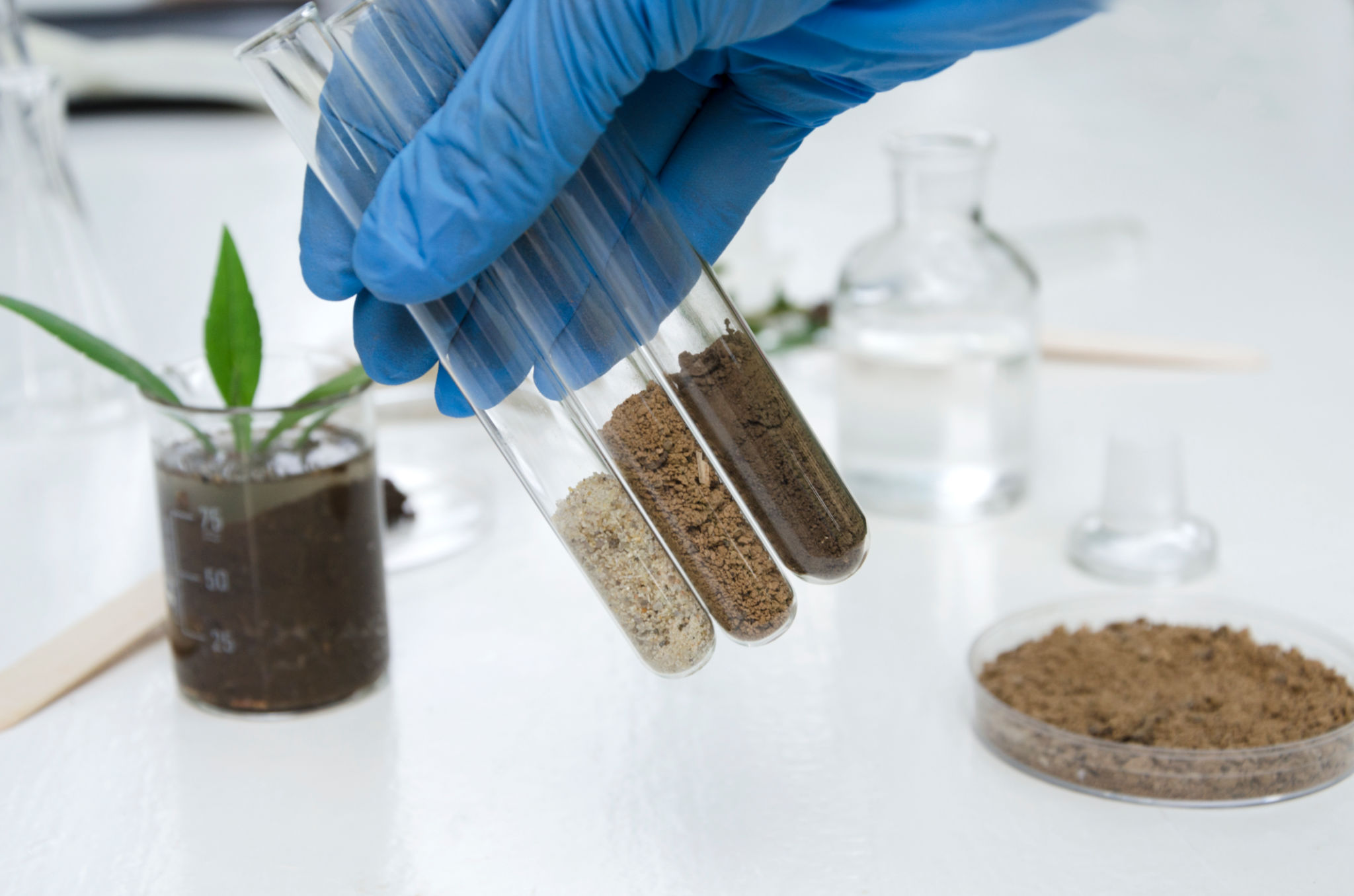Comparing Soil Screening Methods: Which is Best for Your Needs?
Introduction to Soil Screening
Soil screening is a crucial process in environmental science, agriculture, and construction. It involves analyzing soil samples to determine the presence of contaminants, nutrient levels, and other characteristics. Choosing the right soil screening method can significantly impact the accuracy of your results and the efficiency of your project.

Understanding Different Soil Screening Methods
There are several methods for soil screening, each with its advantages and disadvantages. The most common methods include chemical testing, physical testing, and biological testing. Understanding the differences between these approaches is essential to selecting the best method for your specific needs.
Chemical Testing
Chemical testing involves analyzing the soil for specific chemical compounds, such as heavy metals or pesticides. This method is often used in environmental assessments to ensure land safety or compliance with regulations. Chemical testing is highly accurate but can be expensive and time-consuming.
Physical Testing
Physical testing focuses on analyzing the soil's physical properties, such as texture, structure, and moisture content. This method is commonly used in agriculture to determine soil suitability for different crops. Physical testing is generally quicker and less costly than chemical testing but may not provide information on contaminants.

Biological Testing
Biological testing assesses the biological activity within the soil, including the presence of microorganisms and organic matter. This method is valuable for understanding soil health and fertility. Biological testing can be more complex due to the need to interpret living systems but offers insights into the soil's ability to support plant life.
Factors to Consider When Choosing a Method
When selecting a soil screening method, consider factors such as the purpose of the screening, budget constraints, and the required level of accuracy. Each method serves different purposes, so it's essential to align your choice with your project's goals.

Project Goals
If your project aims to comply with environmental regulations, chemical testing might be necessary. For agricultural projects focused on crop yield, physical and biological tests might suffice. Clearly defining your project goals can help narrow down the most appropriate method.
Budget and Resources
The cost of soil screening methods varies significantly. Chemical testing can be costly due to laboratory fees, while physical tests are often more affordable. Consider your budget and the resources available when deciding on a method.
Conclusion
Ultimately, the best soil screening method depends on your specific requirements. Whether you're looking for detailed chemical analysis or a quick assessment of soil texture, understanding each method's strengths and limitations will guide you towards making an informed decision. By carefully evaluating your project's needs, you can select the most effective approach to achieve accurate and reliable results.